Is Cultured Pearl Real Pearl: A Quick Guide To Tell

Cultured pearls are pearls made by human interference. Although not made naturally, cultured pearls are real pearls. There is a large selection of cultured pearls in today's jewelry market.
Cultured pearls are among the most common subgroups of pearls. In addition to having a rich, lengthy history lasting more than 600 years, they are available in a wide variety. The Mise-Nishikawa method involves planting a nucleus into a living oyster, which is how jewelers make cultured pearls.
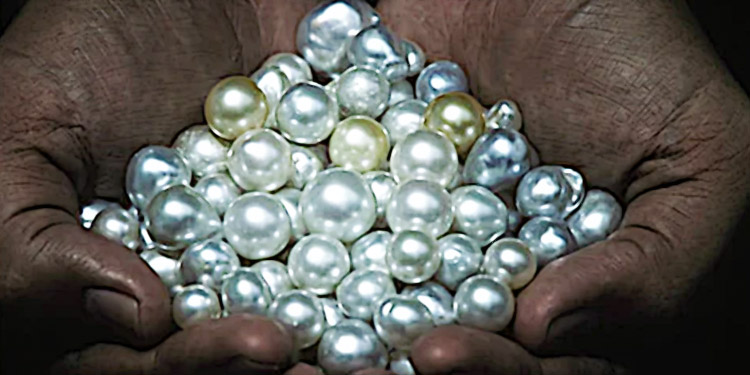
Although human assistance is necessary to start this process, production is entirely independent, and man has no control over their final size, shape, or even whether they will survive. So each pearl, whether manufactured or natural, is unique.
How Are Cultured Pearls Formed?
To start this process, jewelers implant a nucleus in wild oysters in the early stages of pearl production. While some attempt to speed up the naturally occurring process by inserting a little bit of pearl mantle into the oyster, others employ beads made to produce a bigger pearl in the least amount of time while also controlling the form of the pearl.
Japanese scientists ultimately discovered the most suitable oyster strains for pearl production. They employed these strains to create pearls with a high luster and a clear, uniform color.
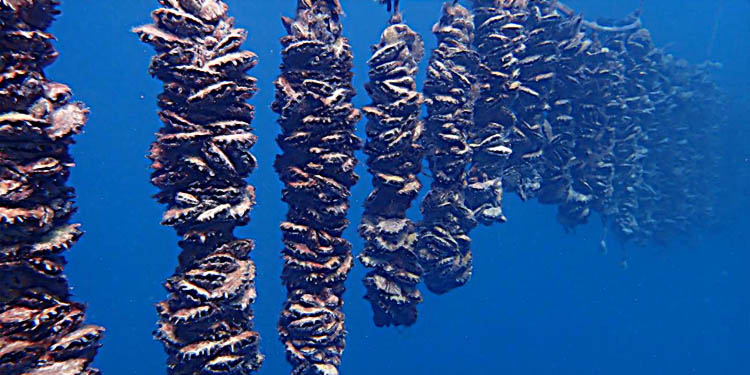
The process of forming cultured pearls involves the following:
The Culturing Process
Freshwater Pearls
Technicians carefully surgically implant a little shell bead and a fragment of mantle tissue after opening live pearl oysters. This bead serves as the center within which the oysters secrete successive layers of nacre, the material that gives pearls their shape. It takes a great deal of ability and accuracy to complete this stage of the culturing process.
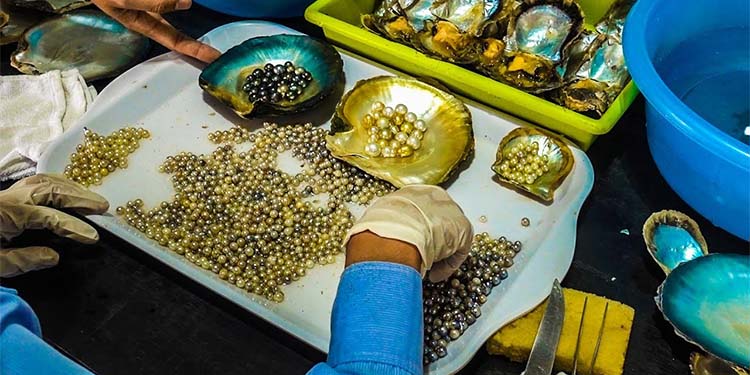
Saltwater Pearls
Mollusks found in saltwater habitats produce saltwater pearls. This pearl forms when the jeweler implants a bead that irritates the mantle tissue into the marine oyster's reproductive organ. However, years pass throughout the pearl development process before the harvesting process of these pearls starts.
The Harvest

The freshest pearls go through various delicate procedures to make them suitable for jewelry. To get rid of any residues and odors that may have developed during the pearls' time in the water, they must first be steeped in a moderate cleaning solution for several days while illuminated by bright fluorescent lights.
After that, they dip the pearl into a wooden vat filled with coarsely crushed walnut shells. The natural oils from these shells give the polished surface of the pearls a smooth, delicate finish without compromising the quality of the surface.
Identifying the Ideal Pearl
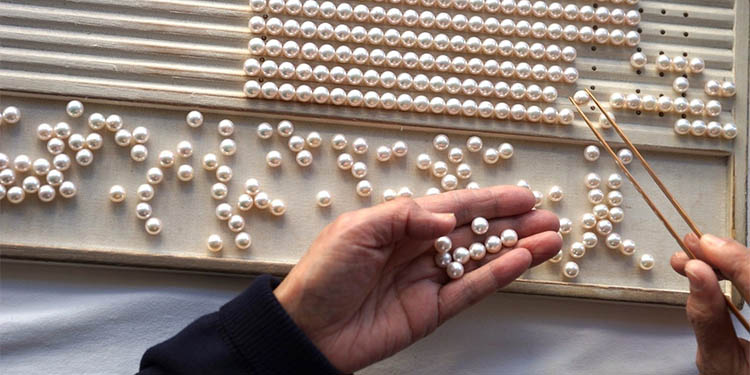
Technicians must go through several pearls to locate one matching size, shape, color, luster, and surface quality before building a single strand. Then, they place these pearls in specialized sieves that classify them according to size.
After that, they separate them into successively smaller groups based on form, body color, overtone, and quality. This labor-intensive, meticulous task may take months to do.
Finally, the pearls proceed to be prepared, drilled, and mounted after this procedure. However, a pearl must pass more stringent screening procedures before being placed into exquisite jewelry.
Are Cultured Pearls Considered Real Pearls?
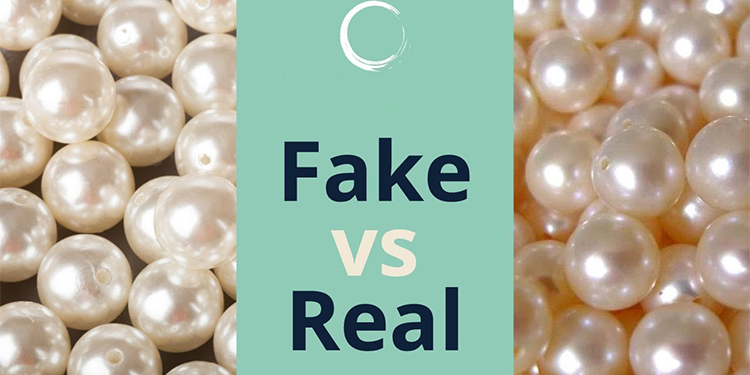
Real pearls, cultivated in either freshwater or saltwater, form cultured pearls. They develop due to the injection of an irritant into the oyster shell. Once the irritant is there, nacre layers grow on top to produce the pearl.
A pearl farmer keeps an eye on the pearl-culturing process to ensure that the animal is kept alive, and they ensure the production of pearls of the highest caliber. Both artificial and naturally occurring pearls are real jewels, although the creation process of cultured pearls is somewhat different.
How To Tell the Difference Between Cultured Pearls and Natural Pearls?
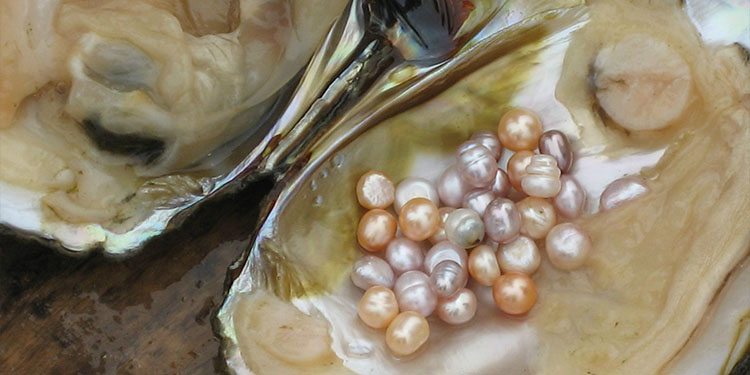
A skilled jeweler's appraisal of the pearl is the ideal way to tell whether a pearl is cultivated or natural. However, you can differentiate between natural and cultivated pearls by looking at a few key factors:
Luster: Most cultured pearls have excellent shine, in contrast to most natural pearls, particularly saltwater kinds, which have low luster.
Shape: Natural pearls might be deformed or asymmetrical, but the cultivated kind has flawless round pearls.
Color: Natural pearls may have uneven surfaces or color, but cultivated pearls are more likely to be plain white.
Durability: Because the nacre of cultured pearls is tougher and more scratch-resistant than natural pearls, they are often more durable.
X-ray Detection: An x-ray of the pearl's interior structure is the ultimate way to determine with full certainty of the pearl type. Natural pearls may have visible growth lines where nacre has been added in concentric layers. However, cultured pearls will have what seems to be a perfectly circular nucleus, encircled by a halo of conchiolin and then covered by a thin coating.
What Are the Benefits of Cultured Pearls?
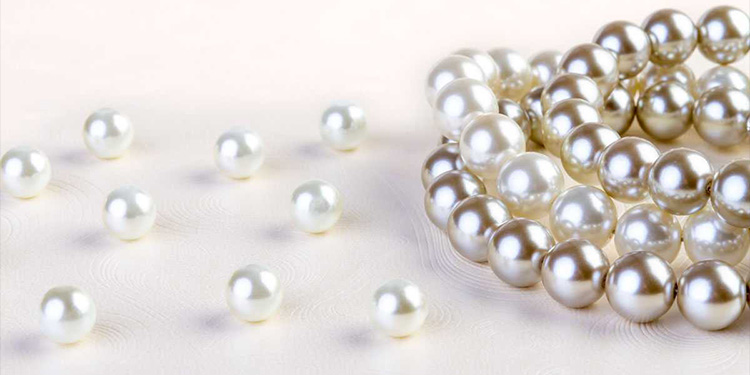
Pearls have several benefits. However, cultured pearls mainly, are useful because:
Pearl Quality
The cultured pearl development process is natural after the pearl farmer inserts the irritant inside the oyster. The animal is cared for and raised by individuals solely interested in a bountiful harvest. Eventually, with luck, ability, and devotion from the farmer, the oysters produce pearls of the same caliber as natural pearls of exceptional grade.
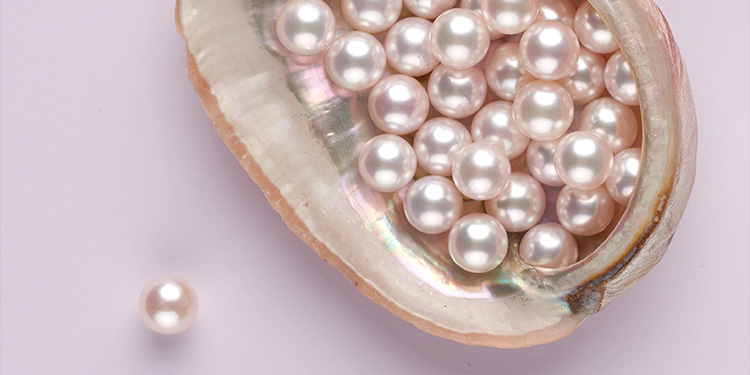
Decreased Pearl Price
Natural pearls are quite costly because they are incredibly scarce. There aren't many pearls left to gather directly in the waters anymore. Therefore, purchasing natural pearls requires tracking down a vintage or antique jewelry, which sometimes commands exorbitant prices.
However, raising cultured pearls on pearl farms certifies their good survival rates. And to dispel one of the most prevalent widespread pearl fallacies, cultured pearls are indeed real pearls.

More Secure Method
First, this occupation is no longer merely risky but also irrelevant. Swimming for pearls in open waters is highly dangerous. However, some people continue oyster diving to find a good supply of high-grade natural pearls.

However, there is a chance that pearl divers could come into touch with the following:
● Drowning
● Environmental dangers
● Decompression sickness
● Dangerous marine animals
● Hypothermia
● Deep sea darkness
Over its prosperous years, the pearl diving business reported many fatalities. Privately-operated cultured pearl farms are secure for both the growers and the oysters. This business also contributes to the natural pearls and continuingly high price.
Types and Styles Variety
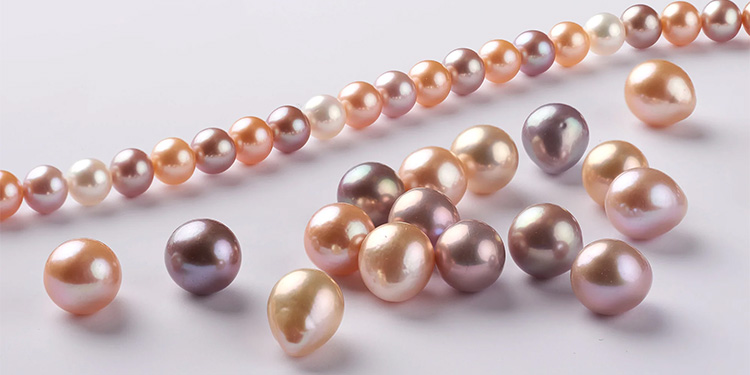
Cultured pearls, produced in fresh and saltwater, are like real pearls. There is a wide range of freshwater and saltwater gems made using various species of oysters in several pearl types and sizes, colors, luster, value, etc.
Real cultivated pearls are used in most jewelry since natural pearls are relatively scarce. Pearl growers know how to enhance the likelihood of producing a variety of sorts and forms of pearls by using the same principle that Mother Nature uses to make gems of the sea.
Types of Cultured Pearls
There are two primary groups of cultured pearls; freshwater pearls and saltwater pearls. The two kinds have different subgroups depending on the manner and location of production.
Cultured Saltwater Pearls
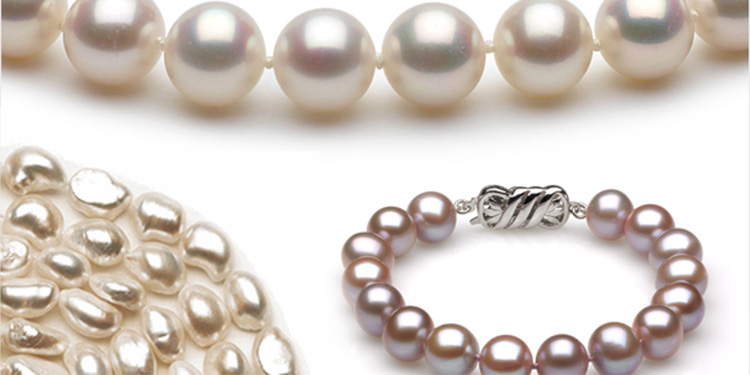
When the jewelers place a mollusk within a saltwater oyster shell, cultured saltwater pearls develop in saltwater. Australia and Asia are home to saltwater pearl farms in many nations and islands.
Akoya, South Sea, and Tahitian pearls are the three varieties of saltwater pearls. Although they can also be black or pastel hues, they are typically spherical and white. The diameter of these pearls ranges from 2mm to 15mm.
Because saltwater pearls require more time to grow, they are often more costly than freshwater pearls. Freshwater oysters can generate up to 30 pearls simultaneously, compared to a single pearl produced by a saltwater mollusk at any given moment.
Cultured Tahitian Pearls
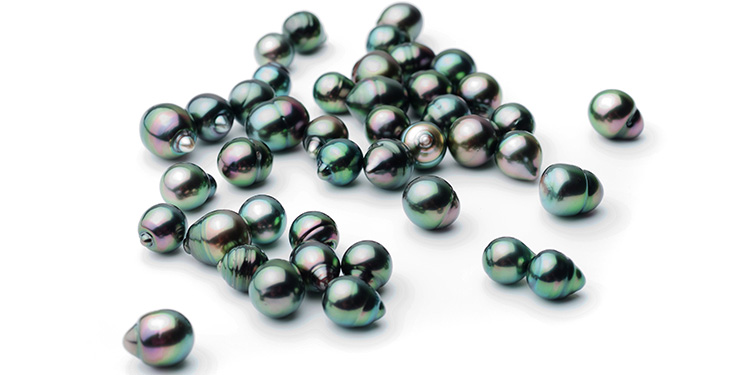
The cultured Tahitian pearl is a saltwater pearl cultivated on the islands of French Polynesia. The Pinctada margaritifera cumingi oyster is where these pearls are born. Although many of them have a secondary color, like blue, green, or purple, they are often black or gray.
Tahitian pearls come in sizes between 8mm and 18mm. They are often round, although they may also be baroque or round.
Jewelry made from Tahitian pearls is glossy and vibrant. Necklaces, earrings, and bracelets benefit from the deep tone's personality. With this type, you can pick a shade and form that best expresses your sense of fashion and individuality.
Cultured Akoya Pearls
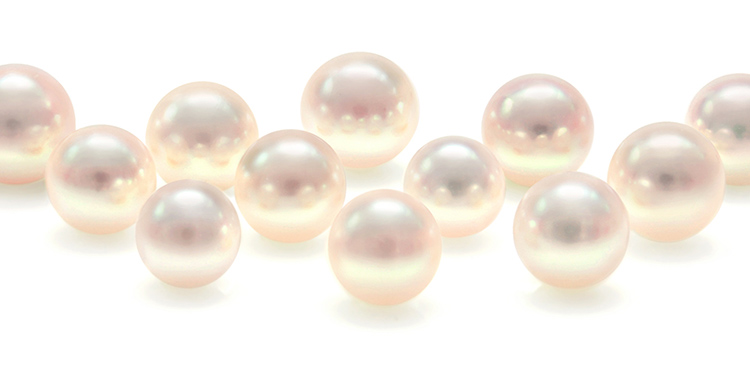
The most common saltwater pearl is a cultured Akoya pearl, mostly found in Japan but produced in China, Thailand, Vietnam, and Australia. They vary in size from 3mm to 11mm, most falling in the 7mm range.
The Akoya pearls are recognized for their elegant beauty and brilliant brightness. Akoya pearls are available in gray, pink, white, green, and blue. Round Akoya pearls predominate.
Cultured South Sea Pearls
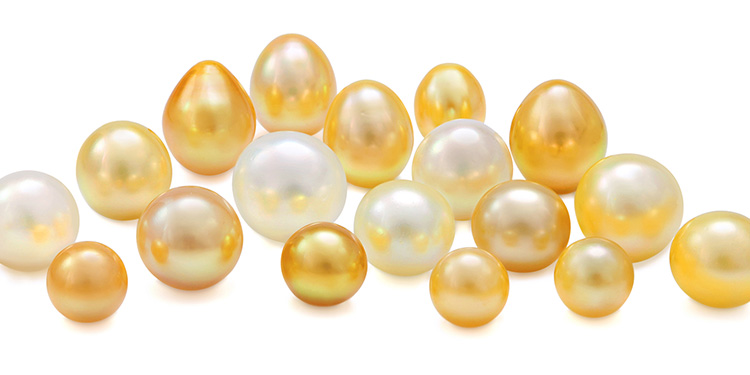
Pinctada maxima oysters, farmed in Indonesia, the Philippines, Australia, and Myanmar, are the source of cultured South Sea pearls. South Sea pearls typically range from 8mm to 20mm and are rounder and bigger than other cultured pearls.
These fine pearls frequently have a lot of sparkles and are white or golden. The South Sea pearl is the most sought-after and frequently costly type of cultivated pearl.
Cultured Freshwater Pearls
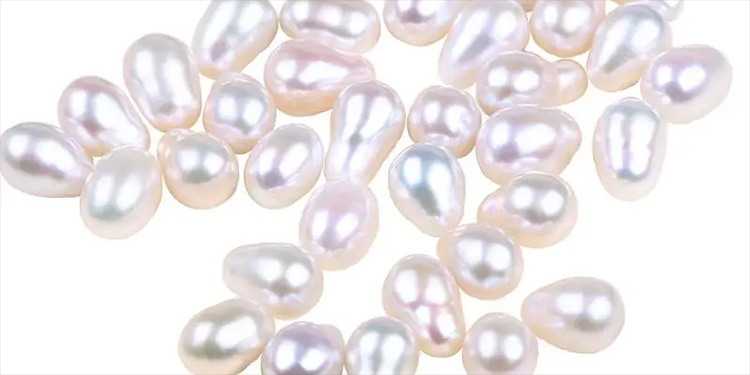
Cultured freshwater pearls thrive in ponds, lakes, and rivers, particularly in China. Round, oval, and teardrop-shaped freshwater pearls are the most popular shapes. While pink and gold are among the pastel colors available, freshwater pearls are frequently white.
Since their nacre is thicker, freshwater pearls often shine less than saltwater pearls. Furthermore, freshwater pearls are grown for a shorter period than saltwater pearls and are often less costly.
There is still a lot of sparkle and beauty in freshwater pearls. A lot of individuals need help to tell saltwater from freshwater pearls.
Are Cultured Pearls Worth Anything?

Cultured pearls have high value but are less expensive than natural ones. Cultured pearls' value and worth vary depending on various elements, including their color, shape, size, and brilliance.
Most cultured pearls are of the same caliber as natural pearls, making them desirable. Cultured jewelry may serve as a treasure, much like real jewelry.
These cultured pearls are available in various styles and range in price from $50 to over $165,000. However, you should know that these pearls cannot lose their worth. This value implies that if you take the necessary precautions to maintain the quality of your cultivated pearl gemstones, you can sell them for a high price.
Conclusion
Pearls are a traditional, ageless treasure handed down through the years and always look elegant. Whether you purchase cultured or natural pearls, you will discover these varieties at several online merchants and in jewelry stores around the nation.


Leave a Comment